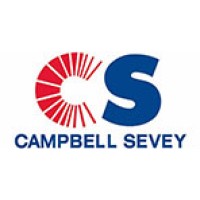
Campbell Sevey, Inc.
Campbell-Sevey, Inc. provides total steam system design, engineered products, maintenance support, and training. The combination of products and services creates an integrated energy management perspective that ensures maximum energy efficiency and productivity, while minimizing pollution and risk. This allows our customers to focus on their core business. Campbell-Sevey’s developments and improvements in steam system design, function, operation, and maintenance have led to substantial savings in energy, time, and money. Experienced professionals, delivering a proven process for capturing and sustaining steam energy savings comprise the staff at CSI. In our relationships, the positive effects transcend the bottom line.






